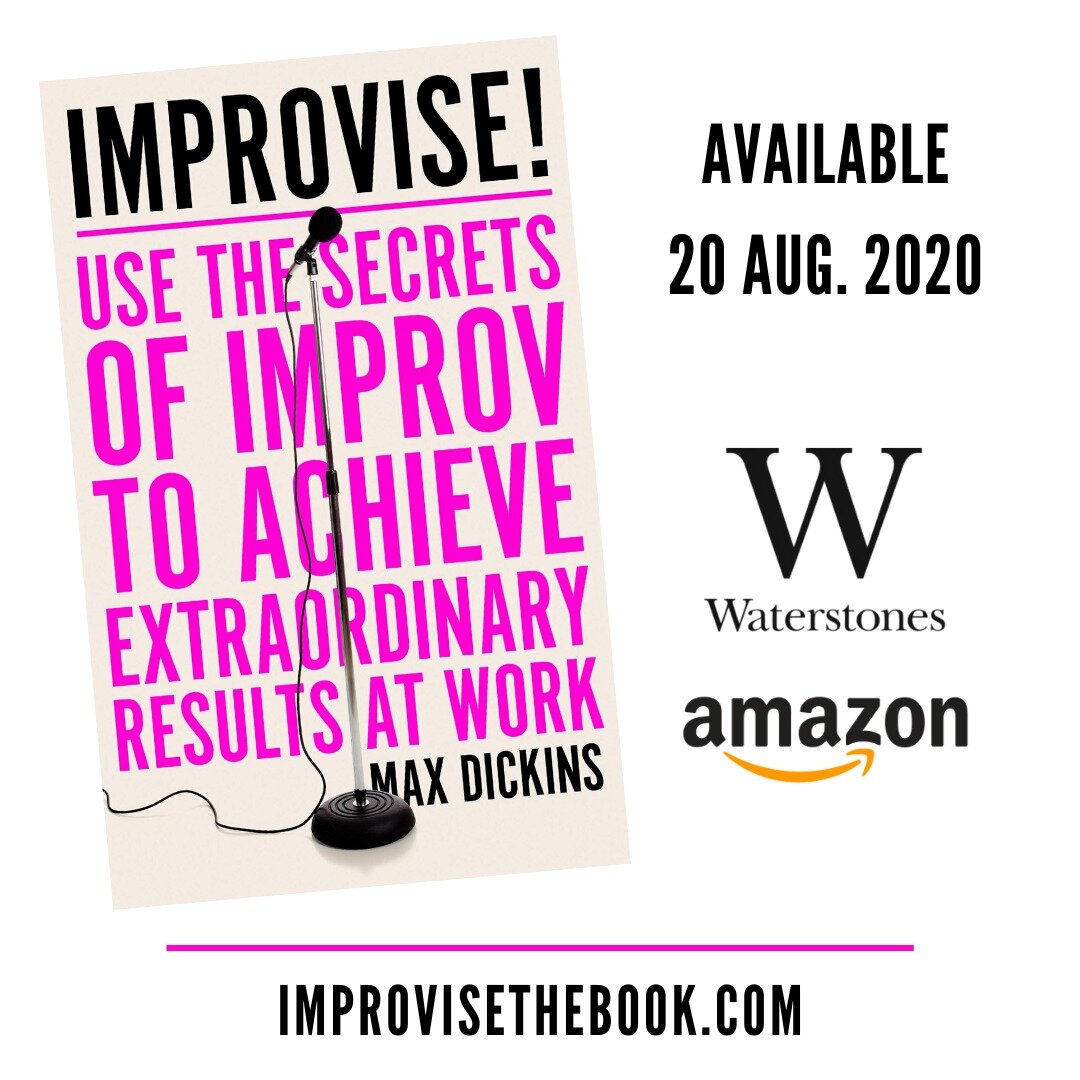The storytelling secrets of Attenborough, The Last Dance and Normal People
What have you been watching during lockdown? Personally, I have mainly been reading poetry and learning how to speak Madarin. Of course I haven't. I've been melted into the sofa, binging on Netflix (without the chill), and slowing building my 'lockdown shelf.' (The scientific term for that extra Covid weight you've gained.)
The big hits so far seem to be the Michael Jordan documentary The Last Dance, Irish bonk-fest Normal People, and perenially reassuring David Attenborough re-runs. They are all masterclasses in storytelling and there are some simple tricks you can learn to apply to your own written and oral communication. In this article, I am going to teach them to you. To relax you into it, here is a picture of Sir Dave with a racoon.
Secret 1
Screenwriter Aaron Sorkin says storytelling is actually pretty simple. It's all about intention and obstacle. A story is about a protagonist with an intention (i.e. something specific and important that they want.) And then there is an obstacle standing in their way (i.e. something hard to overcome, that's stopping them get what they want.) Get those two things right and you'll have your audience hooked. See how Attenborough does it in this clip:
Protagonist: Iguana hatchling.
Intention: get off the beach, alive.
Obstacle: f*ck loads of snakes.
Attenborough documentaries are essentially this recipe repeated again and again. He finds an animal, to make us care he first makes the protagonist relatable by showing us a weakness(in this case, it's a baby Iguana and therefore vulnerable.) Then he articulates how there is something it wants that it very important to it. And then he dials up the conflict hard. But there is one other ingredient in the recipe....
Secret 2
Alfred Hitchcock was once asked how long you could show a couple kissing in bed. To which he replied:
'As long as you like. As long as there is a bomb underneath it.'
What he was talking about was the importance of tension in storytelling. The secret is this: not knowing things is fun! For a while, at least. Leave me hanging for too long, and I'll just lose interest. But the feeling of, 'WHAT'S GOING TO HAPPEN?' is enjoyable, and I want you-as the storyteller-to make it last as long as possible.
How long is the right amount of time? This is where the art comes in. It depends on the audience, the context, the medium and the story. In Attenborough docs, that time is 2-3 minutes at a time. But in Normal People? Sally Rooney asked us the question 'Will they ever be together?' and kept us in suspense for 270 plus pages.
Secret 3
The Last Dance makes great use of Intention/Obstacle and Tension throughout its 8 hour long episodes. Essentially, it is a montage of Michael Jordan/the Chicago Bulls being faced with a different baddie/oppostion team under condtions of great importance: the play-offs baby!
And now, a story...
It's 1993. The Chicago Bulls were in the Playoff Finals again, this time against the Phoenix Suns. They had gone two-nil up in the first two games in Phoenix, but had failed to finish them off on their home ground. The seven game series was poised at 3-2 to Chicago as the teams headed back to Phoenix for the final two matches. This was a big moment for Michael Jordan-win the series, and make it three championships in a row for the Bulls, and he would cement his legacy as a player of the quality of Magic Johnson and Larry Bird: legends of the game.
As his teammates sit on the plane, waiting to fly to Phoenix, Michael Jordan stands up to address them. Can of beer in his hand, big cigar, he says:
“Anyone that doesn’t think we’re gonna win the championship: get off the d*mn plane.. Let’s go boys, I didn’t even pack for two games.”
Michael Jordan hadn't bothered bringing a second suit. He was that certain of victory in the first match.
The Bulls went on to win the sixth game 99-98 to take the Championship.
But what can we learn from this story?
The human learning, is that if you want to give yourself a competitive edge, it helps to burn your boats. If you want to take an island, torch your only way of getting off when you get to the beach. See how you fight when there is no other way out.
But this tale of Michael Jordan's sheer self-belief also teaches us a lesson about storytelling. Stories carry meaning beyond their words, beyond the events they describe. The story itself is just the tip of a much larger ice-berg of meaning: they tell people who we are, they tell people how the world works. They are Trojan horses for ideas and you'd do well to master them.
HOW-TO APPLY THIS
1) Be clear on the protagonist, intention and obstacle in your story.
2) Keep them waiting! Don't give them all the information up-front: hide the punchline.
3) Know your point. No one should get to the end of a story and think to themselves, 'So what?'
THE END
I've written a book about storytelling and other communication skills. It comes out in August, but it's already been described as 'How to Win Friends and Influence People for the 21st Century.' You can pre-order order a copy here. It would mean a lot to me.





